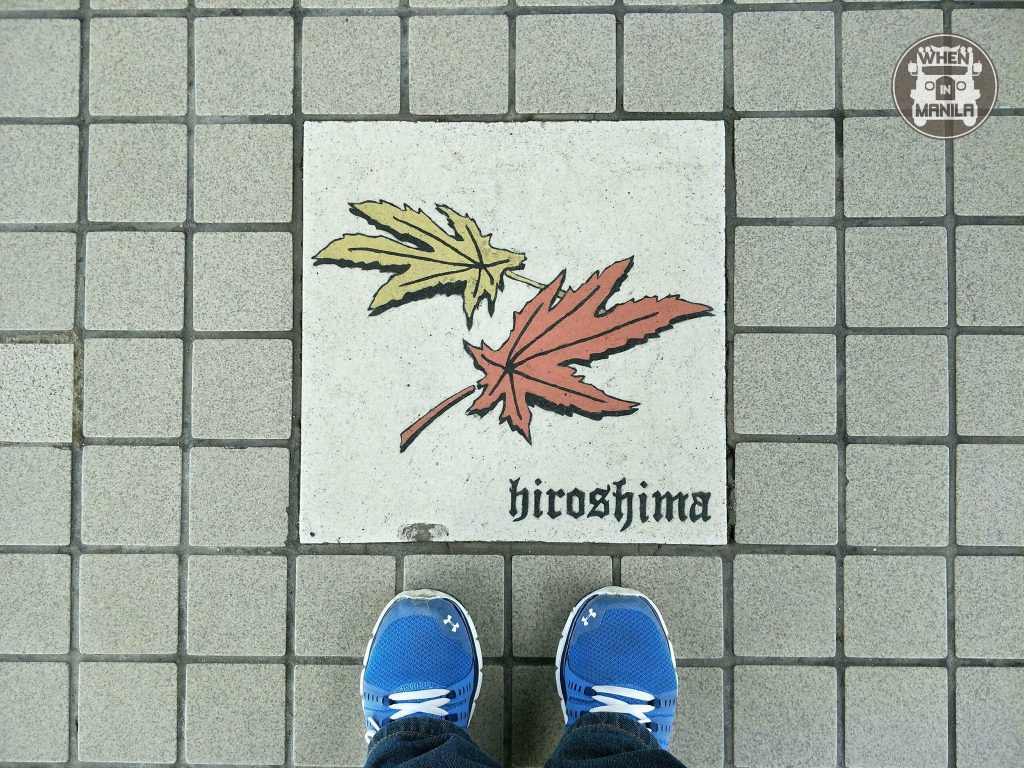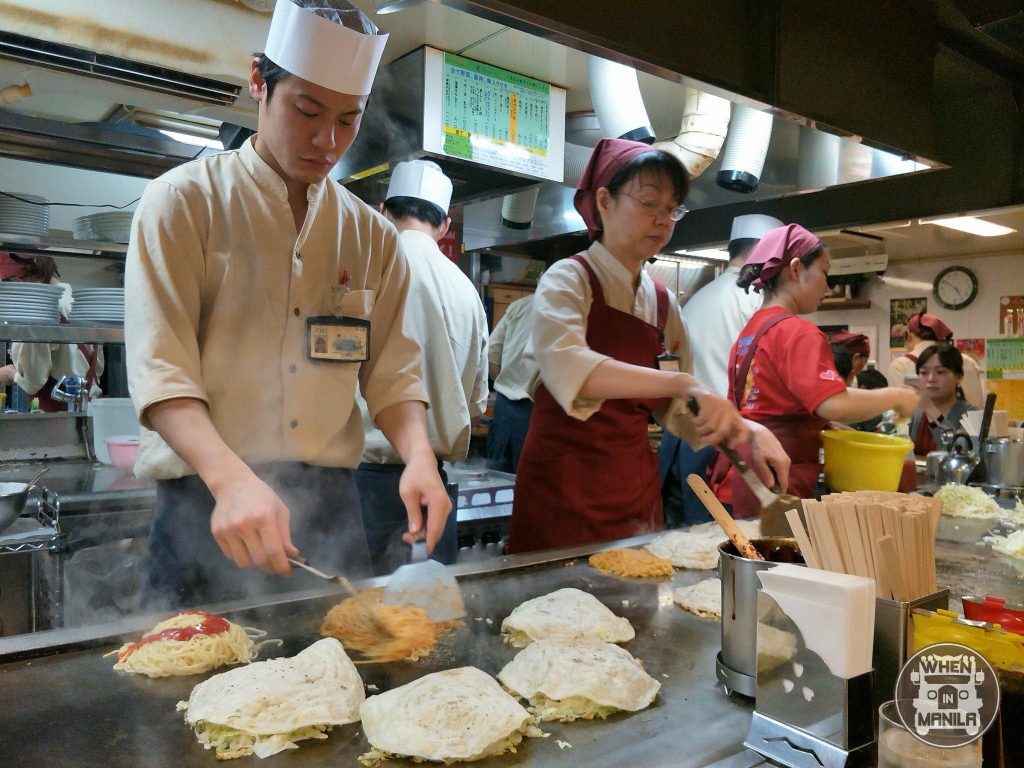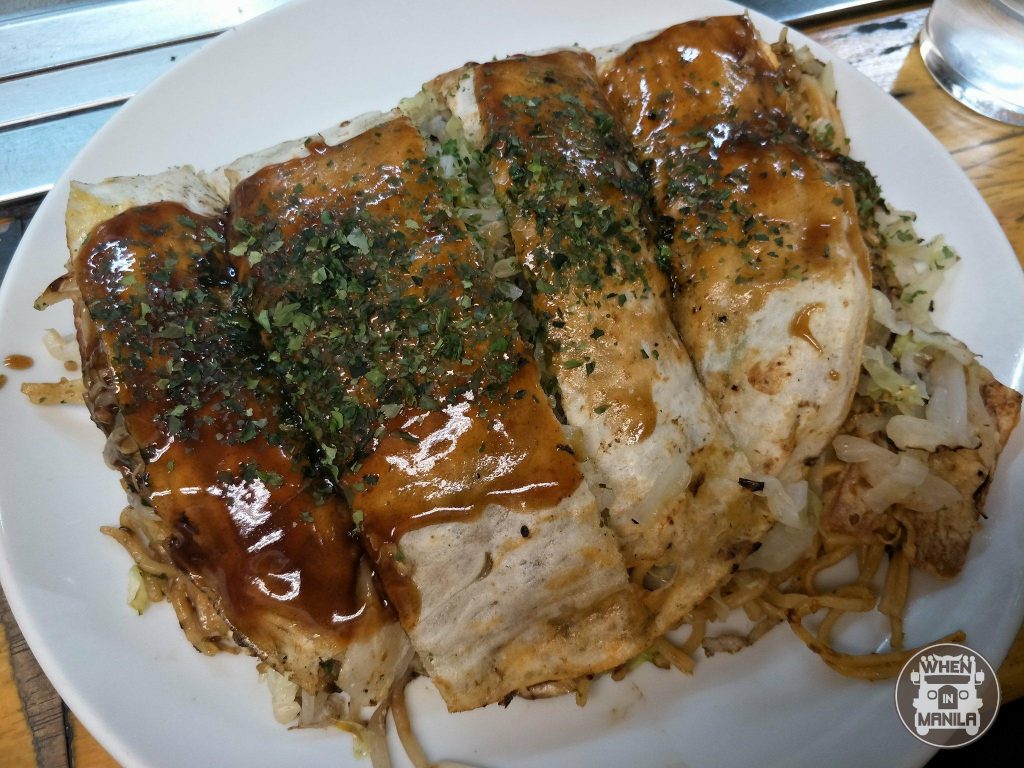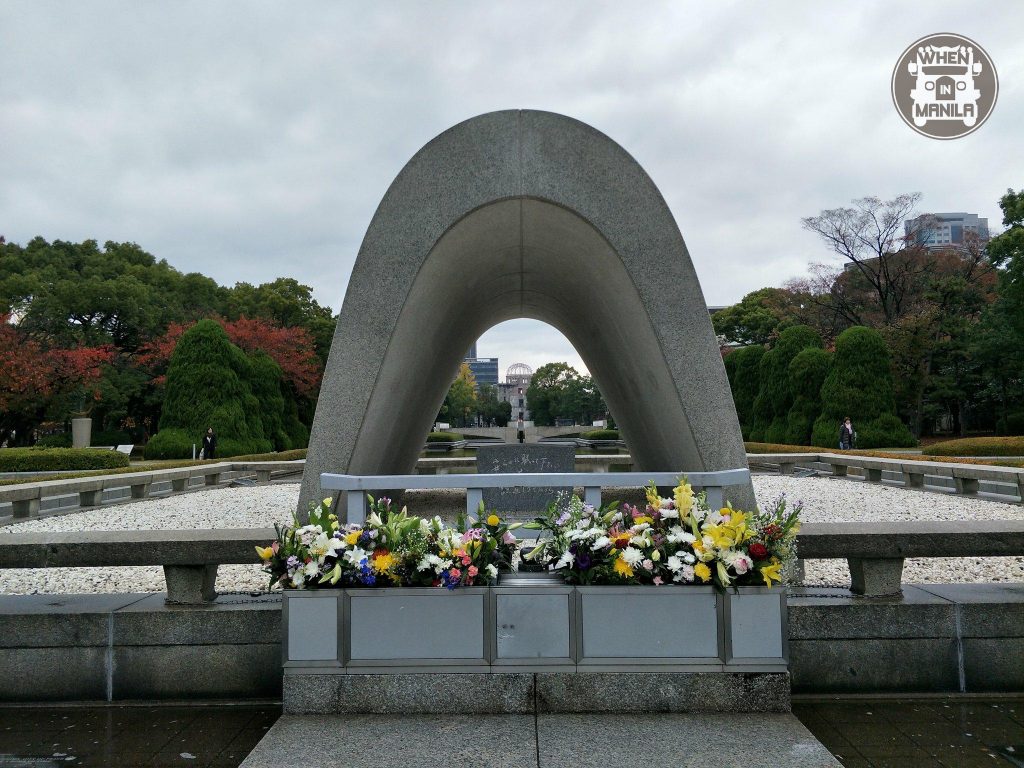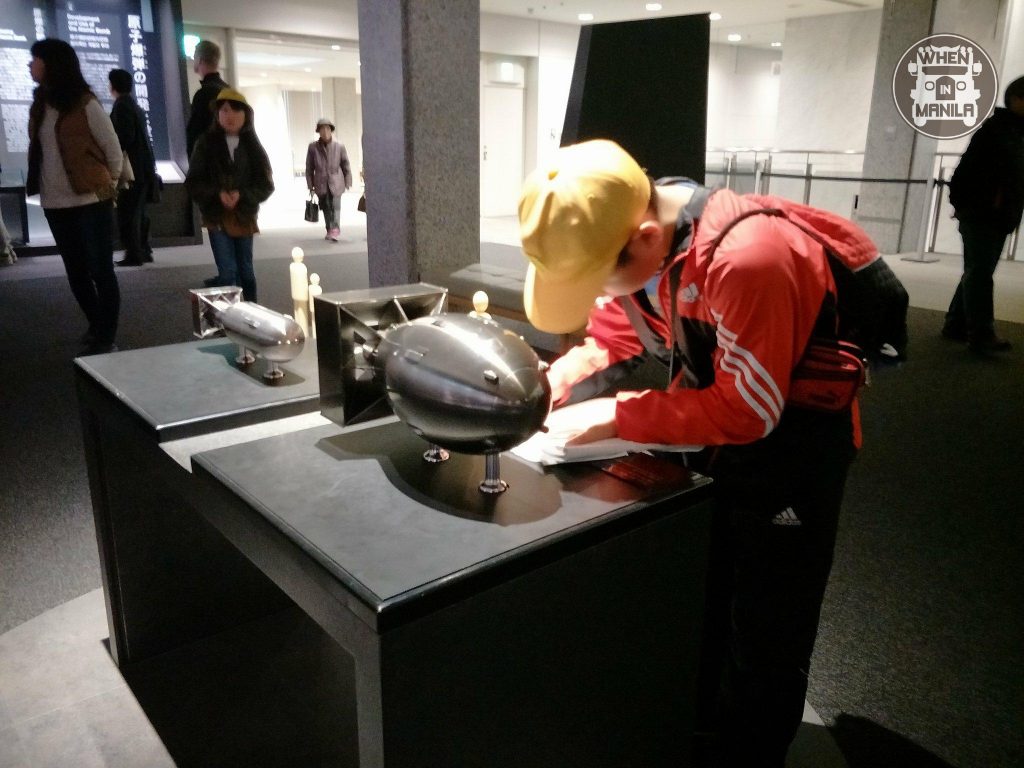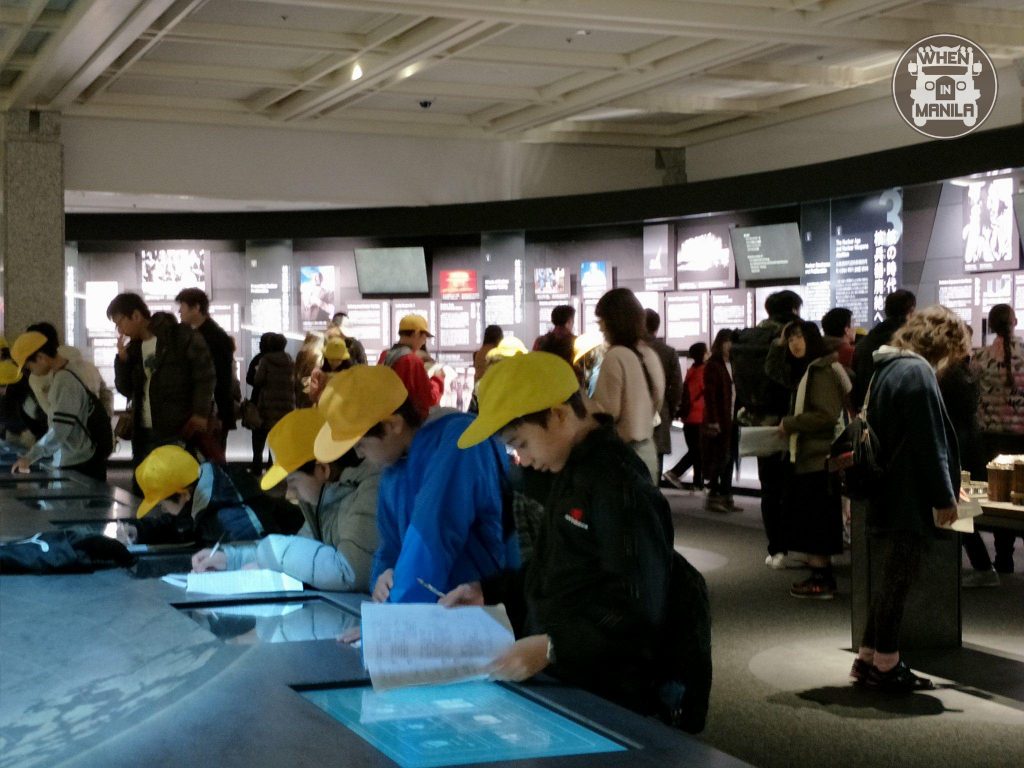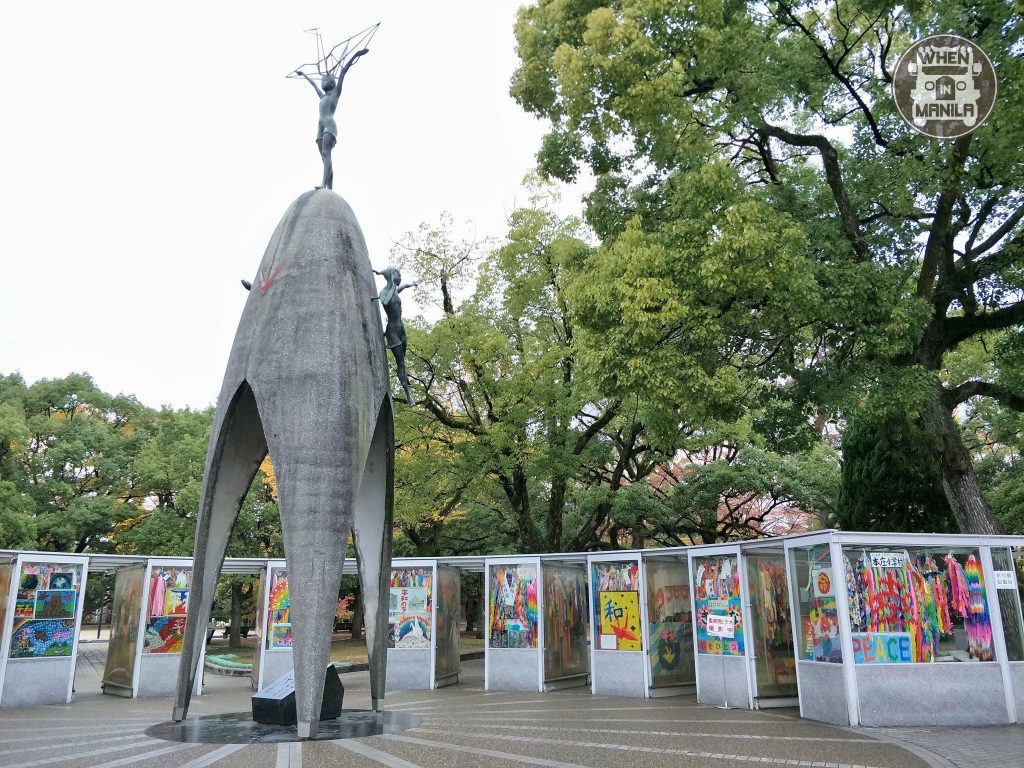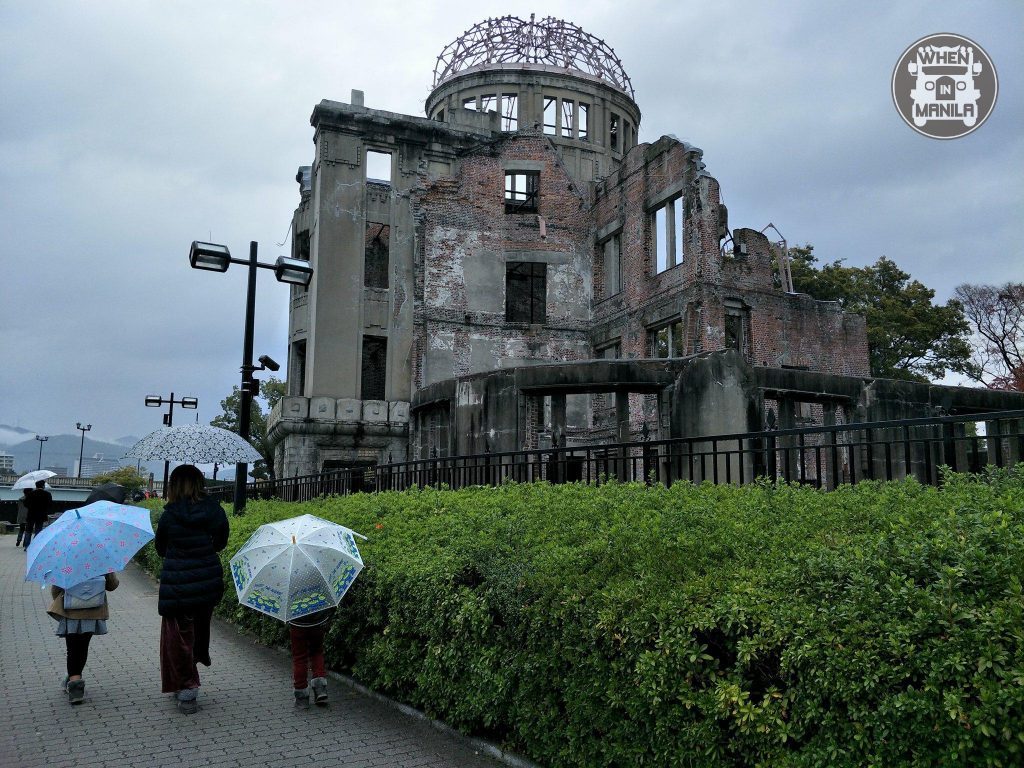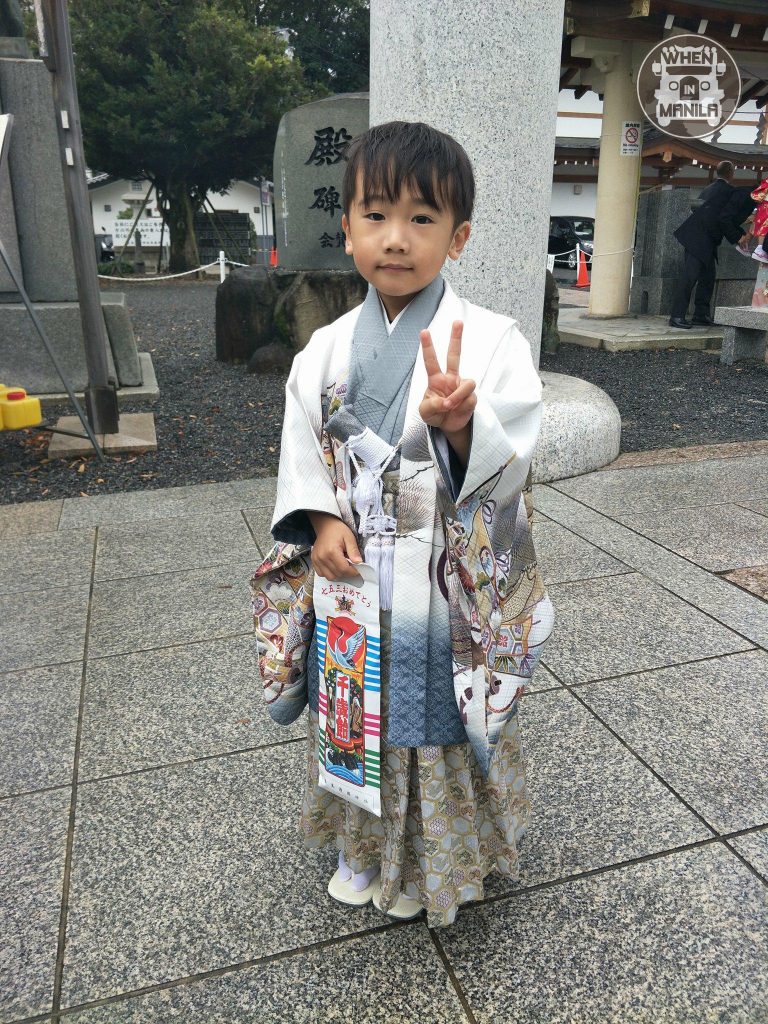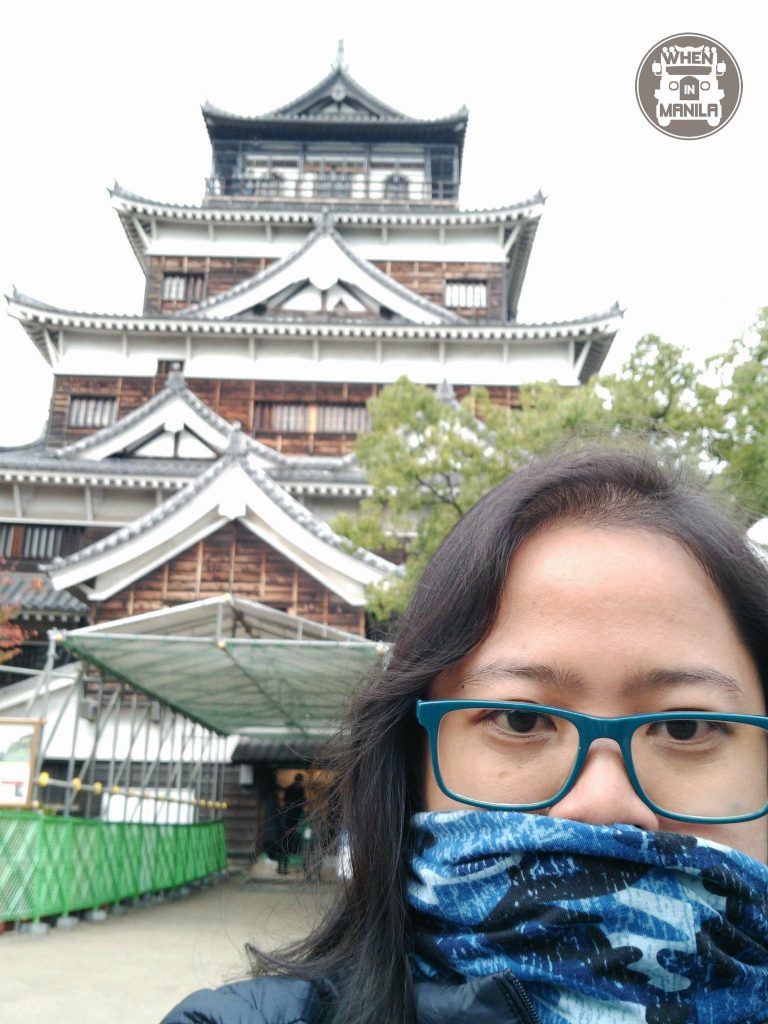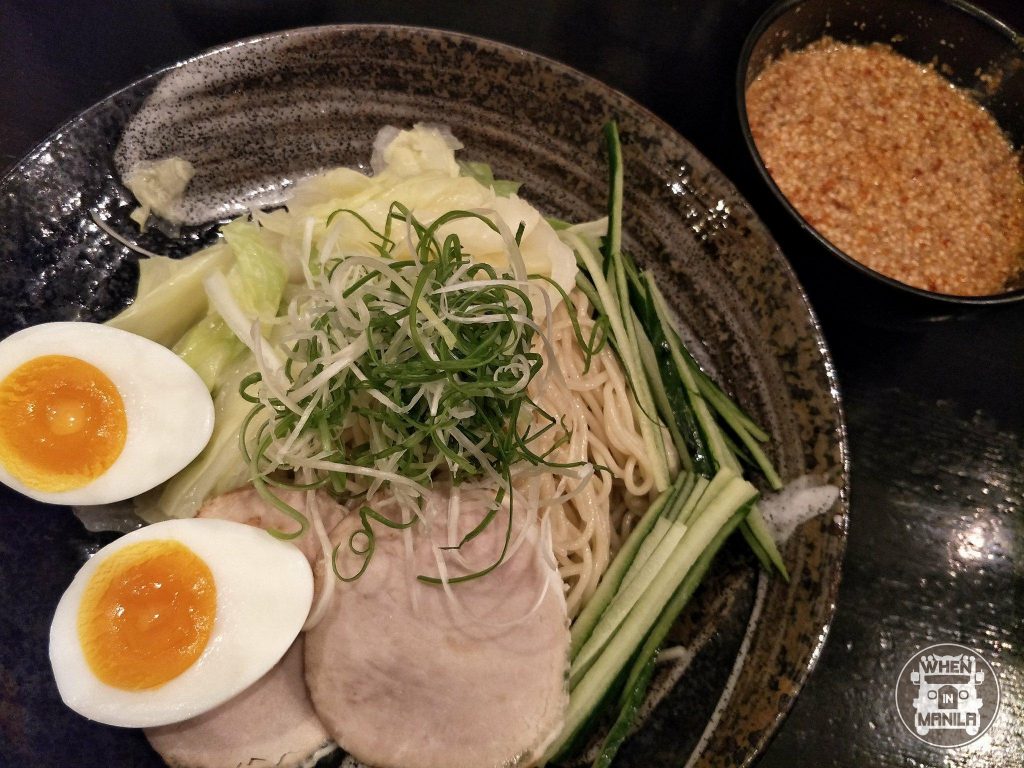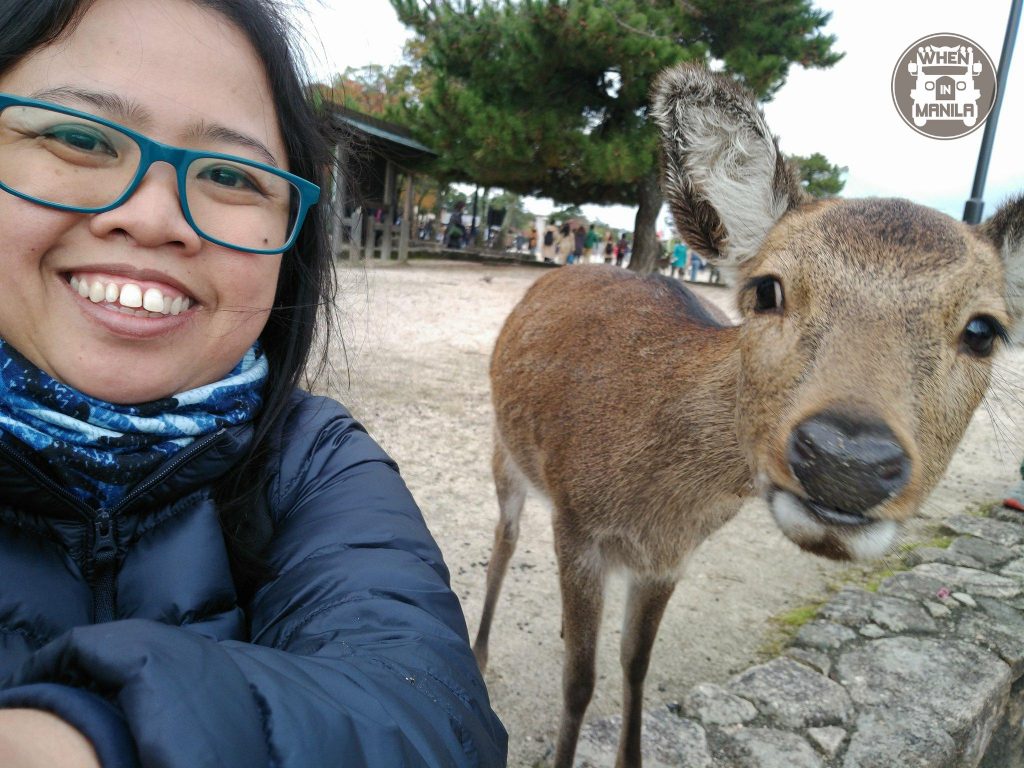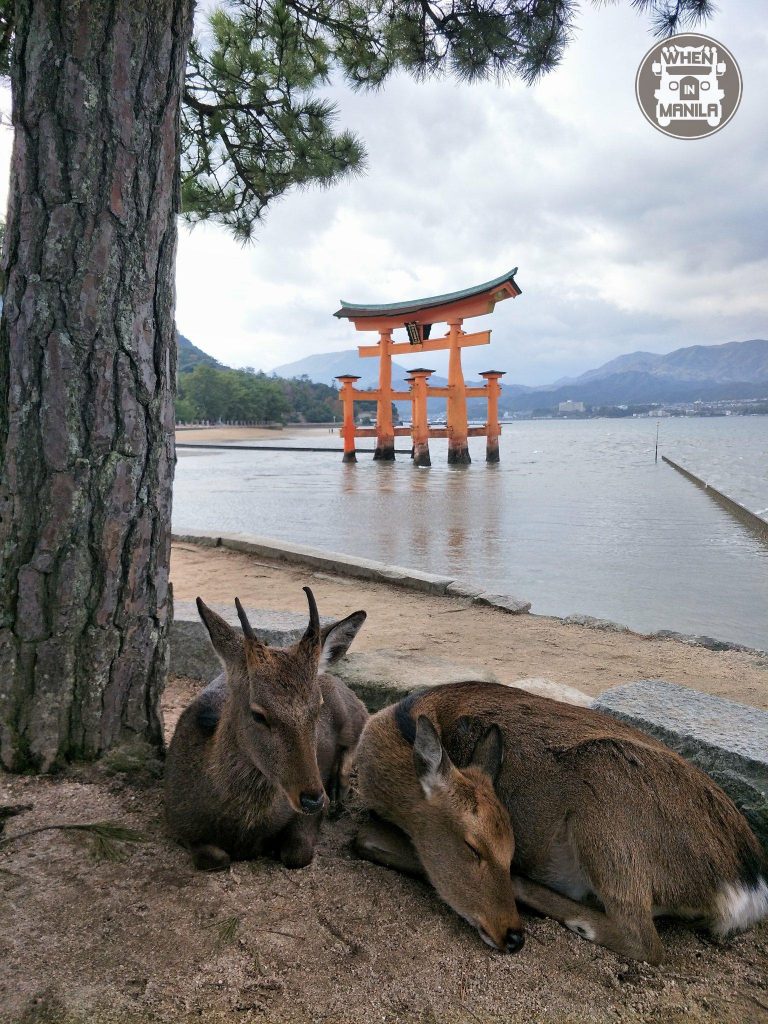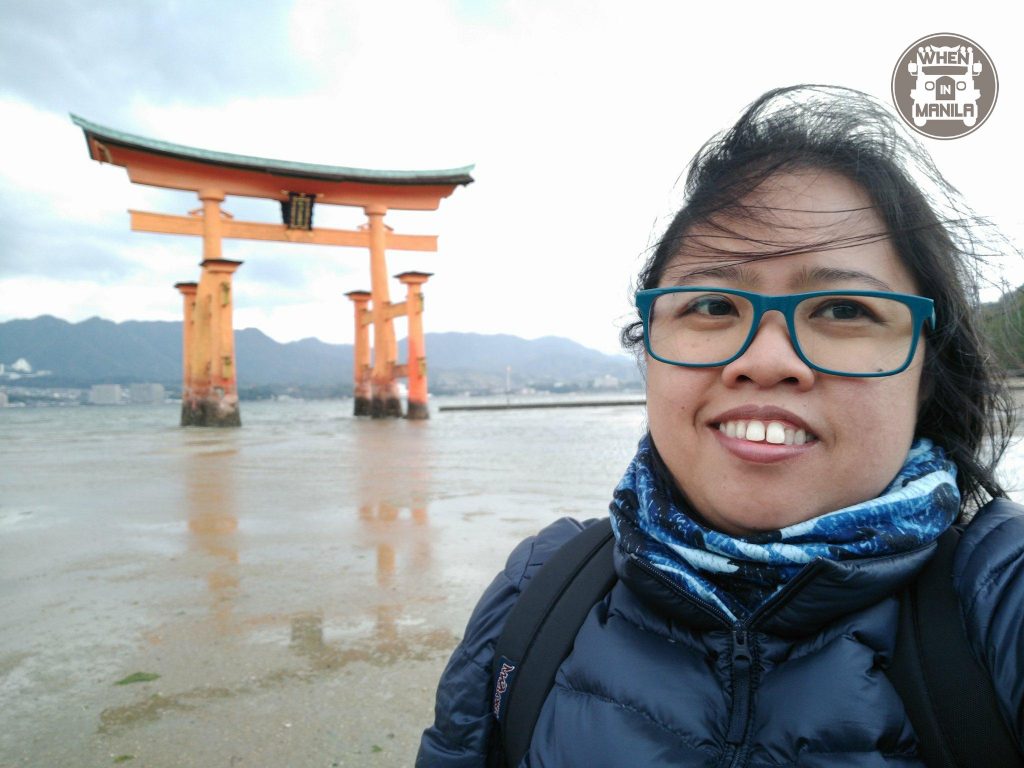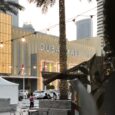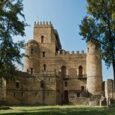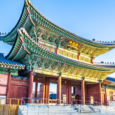When I hear of the place Hiroshima, the first thing that comes to mind is atomic bombing.
Hiroshima, the main city of the Chugoku Region, was where the first atomic bomb was dropped. The second one was dropped in Nagasaki.
On August 6, 1945, when the first atomic bomb was dropped on Hiroshima, the city instantly became known on most people’s mental map of Japan. However, this distinction was something most don’t want to remember but should never forget.
The destruction caused by the bomb was so tremendous and it destroyed nearly everything within a two-kilometer radius. Basically, it flattened the city and turned it into a wasteland.
After the war, great efforts poured in to rebuild the city. Many thought that Hiroshima will be uninhabitable but it didn’t seem so. Over 70 years after what has happened to Hiroshima, it is a booming city once again. When I visited it, Hiroshima seemed to be back on its feet again.
Many of the monuments that were obliterated by the bombing, which are of Hiroshima’s historical heritage like the Hiroshima Castle and Shukkeien Garden, were rebuilt. To commemorate the bombing and never let it happen again, a Peace Memorial Park was built at the center of the city. Right beside it is the Atomic Bomb Museum where many reminders of the bombing were kept. The iconic A-Bomb Dome, a great reminder of the atomic bombing, is also in the vicinity of the park.
Day 1: Arrive in Hiroshima
When I visited Hiroshima, it was the front-end of autumn. The leaves on the trees were not yet reddish-orange but they were already turning. I found the city to be small. Hence, in my head, walkable.
The main entry point of the city via train is the Hiroshima Station. I came from a recent trip to Nagasaki so I arrived in Hiroshima through this station. Rare as it may be, I visited Nagasaki first, the second city to bombed then I visited Hiroshima second, the first city to be bombed. Not that it matters but still…
Unlike Tokyo or Osaka, going around Hiroshima is more like Nagasaki, you take a tram, which is like a small train with the railways installed in the middle of the road of the city. They are rather slow that sometimes I choose to walk rather than take them.
I arrived at dinner time in Hiroshima so all I did on Day 1 was eat then head to my AirBnB to rest.
Hiroshima is known for its okonomiyaki so that was what I had for dinner.
They prepare your okonomiyaki right in front of you. You can choose from different ingredients to include on the okonomiyaki. I had squid in mine.
Day 2: Walk around Hiroshima
I started my day early on Day 2 because I decided to just walk around the city. I started walking from my AirBnB, which is quite far from the city center itself but mid-way to the city center was the Peace Memorial Park.
Since it was still early, I arrived at the park and still saw the staff cleaning the flowers on the cenotaph from yesterday. The flowers on the photo are those offered the day before. I took a shot then the staff arrived to clean them out so fresh flowers can be placed.
On one side of the park, the Atomic Bomb Museum is located. Since it was early, I was one of the first to enter the museum. A few minutes later, students who seem to be on a field trip arrived. I think they have some sort of homework or quiz they have to answer because when they were walking around the museum, they kept writing something on a booklet.
The kids wearing yellow caps are students. That is pretty common in Japan. I usually come across students wearing the same caps. The younger ones, they even wear the same bags and shoes.
When I visited the museum, the main area was closed for renovation so I was just able to see a small part of the exhibit.
After a tour of the museum, I went outside and explored the park some more.
Walking behind the Peace Memorial Park cenotaph, I saw the Children’s Peace Monument. During the atomic bombing of Hiroshima, many have died including children. The monument was built as a sign of peace and to commemorate Sadako Sasaki and the thousands of child victims. Sadako Sasaki was a young girl who died of leukemia from radiation of the atomic bomb dropped on Hiroshima.
Paper cranes surround the monument. They serve as a symbol of Sadako Sasaki, who began folding paper cranes when she started getting sick. She believed that folding paper cranes would help her recover. She kept folding them until the end, but on October 25, 1955, after an eight-month struggle with the disease, she passed away. Until now, approximately 10 million cranes are offered each year before the Children’s Peace Monument.
I took a few more steps from the Children’s Peace Monument and I saw the A-Bomb Dome.
The A-Bomb Dome is a symbol of peace which most people have at least seen at one time in a picture. Although it was located almost directly underneath the explosion, it somehow avoided complete destruction and the remains of the building still stand today. The city has preserved it as a reminder of its gruesome past.
Then, I continued walking and headed to the Hiroshima Castle.
Along the way, I met this kid in a shrine in the vicinity of the castle. He was dressed in traditional Japanese clothes. I think he was there for shichi-go-san, which is a traditional rite of passage in Japan for three- and seven-year-old girls and three- and five-year-old boys. It is held annually on November 15 but since it isn’t a national holiday, most celebrate it during the nearest weekend.
I walked further and I saw the Hiroshima Castle.
The castle seemed to be under renovation too so… just my luck.
I headed to Hiroshima Station and ended my day with a bowl of tsukemen.
Not bad for a whole day of walking.
Day 3: Miyajima
The big part of my Hiroshima bucket list was to see the Great Torii (Itsukushima Shrine) that is built in the middle of the sea. Well, not really middle of the sea but it is located in the water during high tide.
The Great Torii is located in Miyajima Island, which is a train and ferry ride away from Hiroshima Station. It is believed that the Torii is the boundary between the spirit and the human worlds.
Going to Miyajima is not that difficult. I just took the JR Sanyo Line and got off at Miyajimaguchi Station. It was a 25-minute ride. It costs 410 yen one way but since I have a Japan Rail Pass, it was covered by the pass.
When I got out of the station, I just followed the crowd. Most people are likely to be going to Miyajima Island anyway.
Then, I took JR Ferry to the island. This is covered by the Japan Rail Pass too.
Before reaching the Great Torii, I met many deer along the way. They were pretty nice and this one even obliged a photo op.
There was more walking and finally, I saw the Great Torii.
Of course, I wouldn’t miss a selfie with it.
It was one of the amazing parts of all the walking in Hiroshima.
The trip to Miyajima was the end of my exploration in Hiroshima.
If you’re planning to visit Hiroshima, Japan, this 3D/2N itinerary idea might help you out.
If you have other suggestions, don’t hesitate to hit us up!

